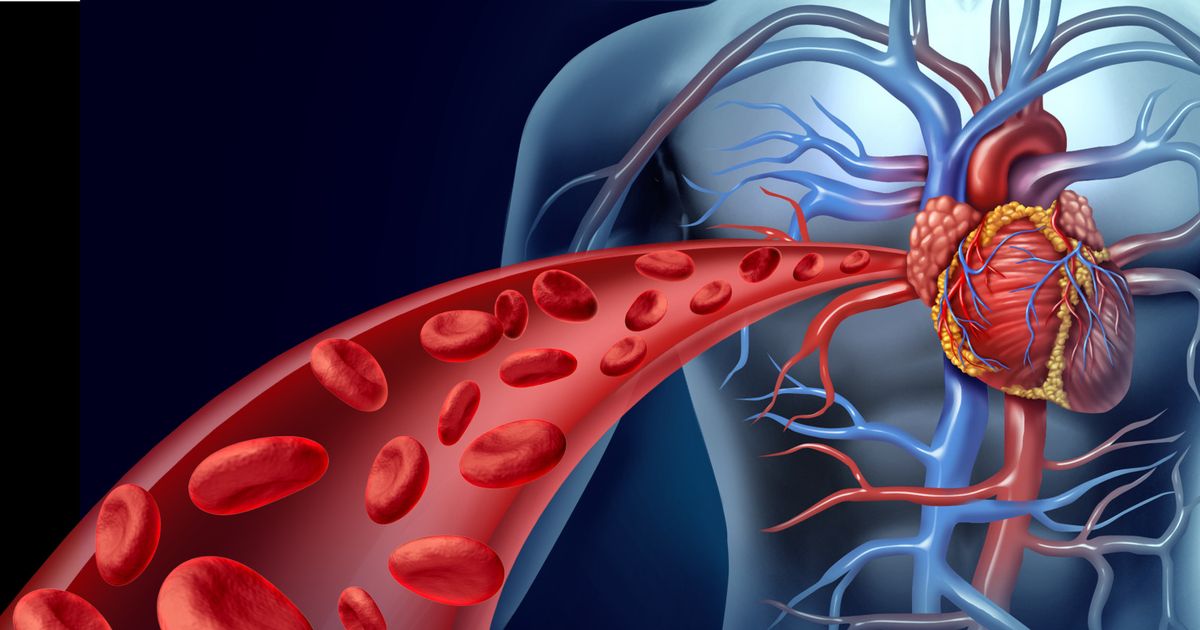Symptoms, Risk Factors, And Causes Of Congenital Heart Diseases
When many individuals think of heart diseases, they go to the worst-of-the-worst: heart attacks, embolisms, and heart failure. However, there is a myriad of heart diseases that present themselves with a wide variety of symptoms. Some heart diseases are congenital, meaning they present at birth rather than develop later in life due to lifestyle or health complications. Some of these congenital heart diseases go undetected for years because the symptoms are not severe and can easily go unnoticed. Identifying the symptoms of congenital heart diseases can prevent these often undiagnosed conditions from causing serious health complications.
Circulation Problems

Congenital heart diseases can create a variety of circulatory issues. Any circulation problems present at birth usually can be diagnosed if an infant's skin, lips, or fingernails have a bluish hue, or if babies fall asleep while feeding. If circulation problems develop later in life, they usually present themselves in the form of swollen feet, ankles, or legs. Some individuals with circulatory issues develop painful swelling and hardness in the abdomen or neck, both of which indicate serious medical complications.
Excessive Fatigue After Physical Activity

Blood is responsible for carrying the body's various cellular waste products generated by natural processes to different organs, such as the liver, where they can be filtered out. Blood, likewise, carries various cells and proteins throughout the body, which aid in recovery after physical exertion. When blood flow throughout the body is decreased due to congenital heart diseases, wastes and toxins can build up in the blood which can create abnormal levels of fatigue, particularly after exercise. Individuals who are excessively tired after physical activity should visit the doctor to get an evaluation and determine if it is a congenital heart condition causing their symptoms or not.
